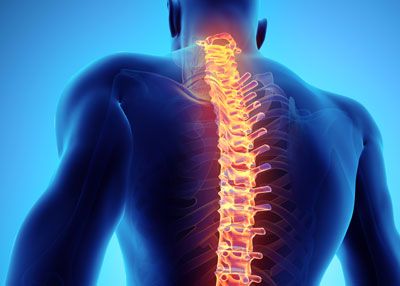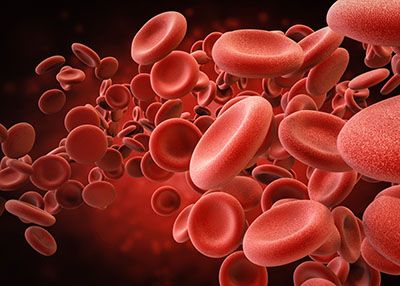What is failed low back syndrome?
Failed back syndrome (FBS), also called “failed back surgery syndrome” (FBSS), refers to chronic back and/or leg pain that occurs after back (spinal) surgery. It is characterized as a chronic pain syndrome. Multiple factors can contribute to the onset or development of FBS.
Contributing factors include but are not limited to residual or recurrent disc herniation, persistent post-operative pressure on a spinal nerve, altered joint mobility, joint hypermobility with instability, scar tissue (fibrosis), depression, anxiety, sleeplessness and spinal muscular deconditioning.
An individual may be predisposed to the development of FBS due to systemic disorders such as diabetes, autoimmune disease and peripheral blood vessels (vascular) disease. Smoking is a risk for poor recovery.
Common symptoms associated with FBS include diffuse, dull and aching pain involving the back and/or legs. Abnormal sensibility may include sharp, pricking, and stabbing pain in the extremities. The term “post-laminectomy syndrome” is used by some doctors to indicate the same condition as failed back syndrome.
The treatments of post-laminectomy syndrome include physical therapy, minor nerve blocks, transcutaneous electrical nerve stimulation (TENS), behavioral medicine, non-steroidal anti-inflammatory (NSAID) medications, membrane stabilizers, antidepressants, spinal cord stimulation, and intracathecal morphine pump. Use of epidural steroid injections may be minimally helpful in some cases. The targeted anatomic use of a potent anti-inflammatory anti-TNF therapeutics is being investigated.
The amount of spinal surgery varies around the world. The most is performed in the United States and Holland. The least in the United Kingdom and Sweden. Recently, there have been calls for more aggressive surgical treatment in Europe. Success rates of spinal surgery vary for many reasons.




